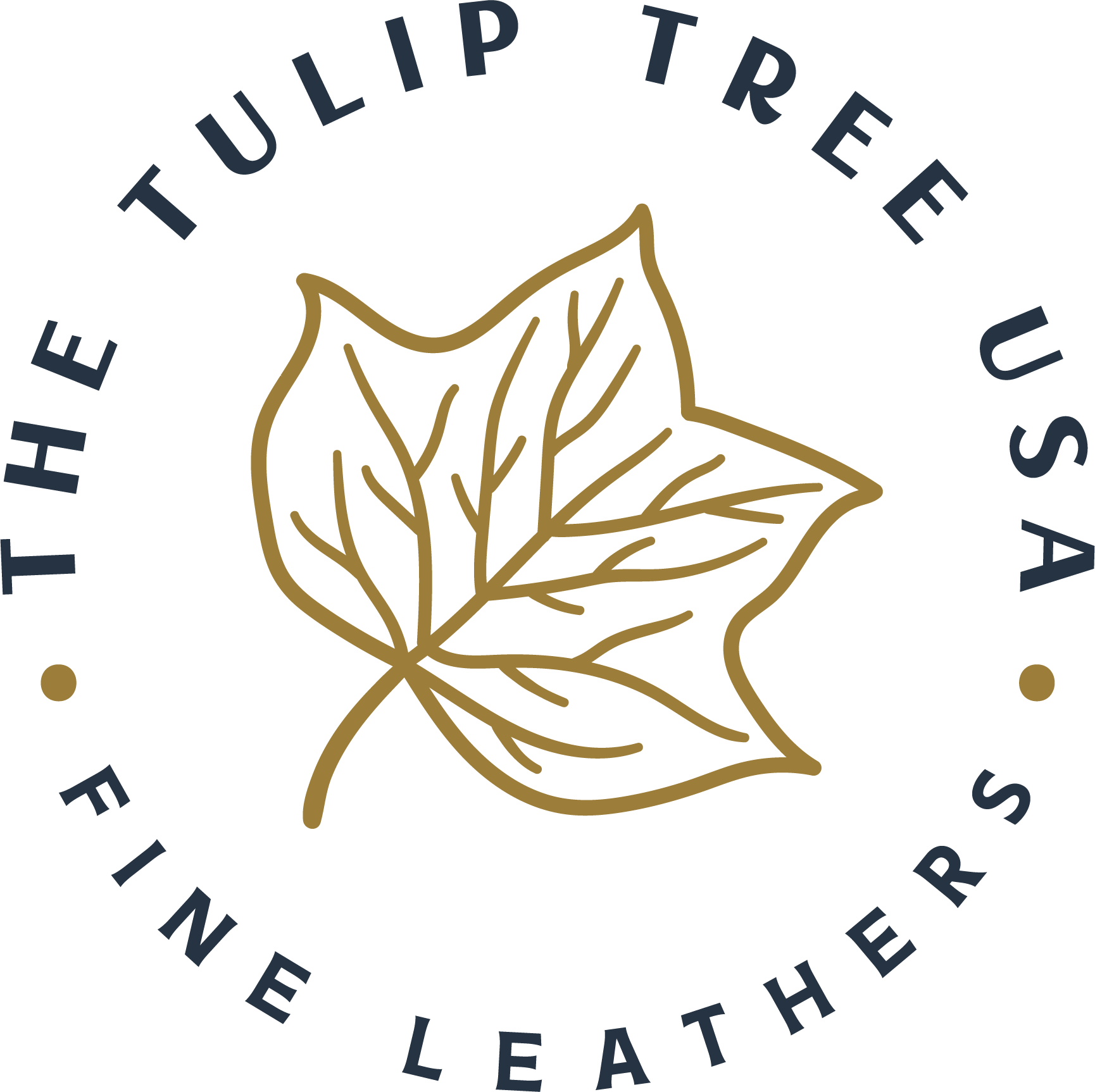What is the significance of a Tulip Tree?

The Origin:
Joshua Pennekamp moved to the United States when he was just a boy. He moved to the Mid-West from The Netherlands, and lost everything he knew to be familiar. One day he discovered the North-American Tulip Poplar - a tall deciduous shade tree that grows leaves and spring flowers in the shape of tulips! After seeing this, he knew everything would be alright, the Lord would establish him here, and make him grow. It became his symbol of freedom. When he started his business, with the mission of helping small, American, ethically sourced, cottage-manufacturing industries and businesses that could make beautiful things for everyone, he knew right away which symbol he wanted as his logo. It wasn't until later, that he learned the historical significance of the tulip tree.
Roots of Freedom
The historical significance and symbolism of the tulip tree transcends the passage of time and human culture. At the founding of this great nation, tulip trees were often designated as gathering places in towns and cities across the colonies to discuss the philosophies and ideas of God given rights and freedoms that would lay the foundation of the laws that create justice, and liberty for all. These trees, dubbed “Liberty Trees,” became the rallying ground of free speech. They were so great an image of resistance against tyranny that they were sought out by the invading armies to be destroyed. Tyranny and the human desire for justice and liberty are a universal struggle, and not just limited to the United States. Symbols of hope are powerful.
George Washington, after returning home to Mount Vernon after the Revolutionary War was so fond of the beauty of the tulip tree that he himself planted one in his own garden in 1785 at the age of 56. It can still be seen today, greeting visitors to this day, throwing a cool shade in summer, an array of yellow and gold leaves in the fall, and miniature tulip flowers in the spring. George Washington was quoted to have once said “Human happiness and moral duty are inseparably connected.” Which we believe falls right in line with our vision and mission statement.
Our mission:
"Building roads between the people, promoters, designers, and the makers, with excellence and diligence, to promote the cohesion of service, and satisfy the human need for a clear conscience, and mindfully designed products."
Our Vision:
"Matching discerning consumers with mindful products."
More detail:
What inspired the logo of The Tulip Tree? Joshua Pennekamp, founder and owner of The Tulip Tree, USA was first introduced to the tree variety in 5th grade during a science fair project. At the time, he had recently immigrated from The Netherlands - where the tulips grow. He was in the midst of a depression - having lost his whole life moving to a foreign country where nothing seemed familiar, until he saw a shape so familiar - a leaf in the shape of a tulip! How wild a thing this was! Only the maker of heaven and earth could leave a note of encouragement with His signature in such a way. When everything was falling apart around him, the God of heaven reached down to encourage a 10 year old boy, who could not write or read English, who was mocked for his accent, and who had lost all friends and hope. From that day forward, he knew everything would be okay. This symbol of hope eventually led to the creation of the brand that makes the products you can now enjoy today.
